Flex Seal, a popular brand in the world of sealants, has garnered attention for its ability to create a watertight barrier on various surfaces. However, one question that often arises is how thick this magical substance will dry. In this article, we will explore the drying thickness of Flex Seal and provide you with a comprehensive understanding of its capabilities. By delving into the science behind its drying process, we aim to equip you with the knowledge needed to make informed decisions when using this remarkable sealant. Whether you are a DIY enthusiast or a professional contractor, this article will serve as a valuable resource for understanding the drying thickness of Flex Seal.
Understanding the drying thickness of Flex Seal
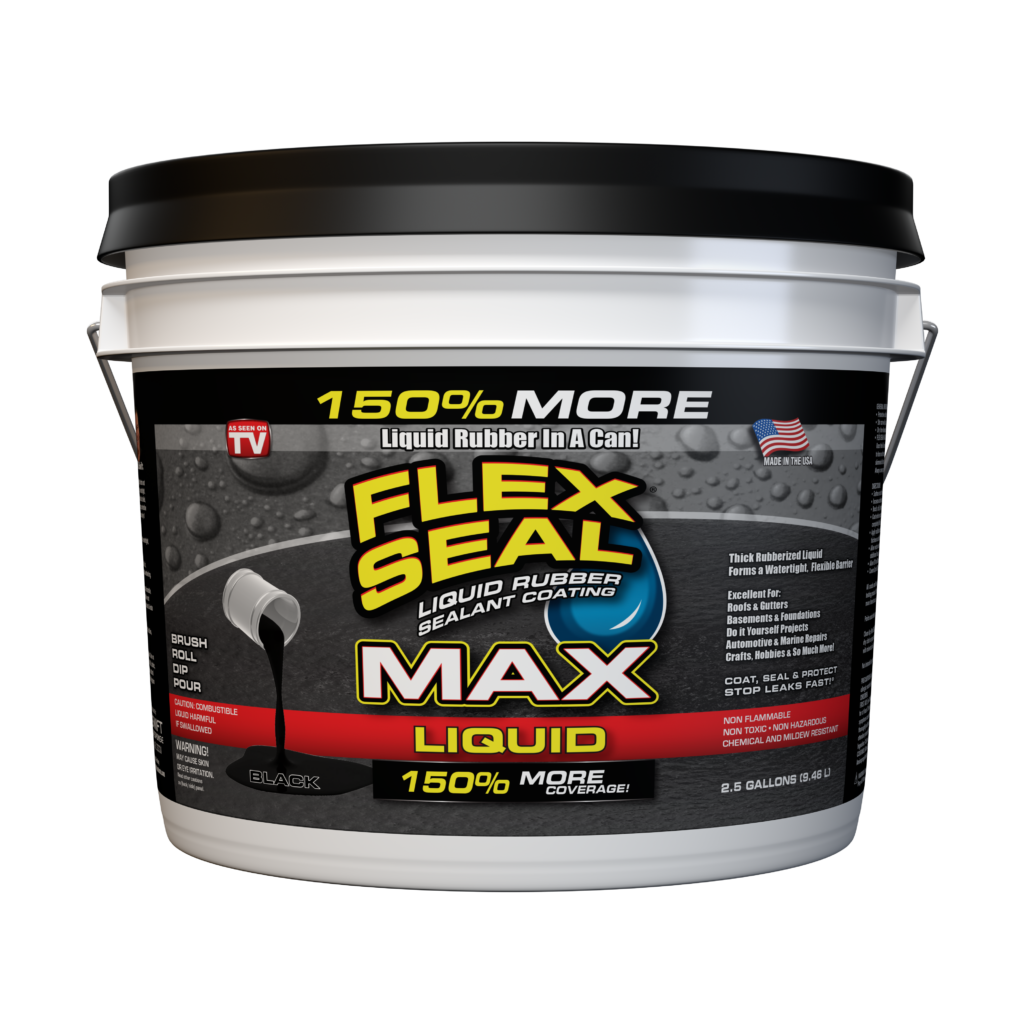
This image is property of flexsealproducts.com.
Introduction
Flex Seal is a well-known sealant that has gained popularity for its versatility and effectiveness in sealing a variety of surfaces. Whether you need to repair a leaky roof, fix a cracked pipe, or seal a damaged gutter, Flex Seal provides a reliable and long-lasting solution. In order to achieve optimal results, it is important to understand the concept of drying thickness and how it affects the performance of Flex Seal.
What is Flex Seal?
Flex Seal is a liquid rubber sealant that is designed to provide a durable, waterproof, and flexible coating on a wide range of surfaces. It is available in various forms, such as liquid spray, aerosol spray, and tape, making it suitable for different applications and surfaces. Flex Seal is known for its ability to bond to a variety of materials, including concrete, metal, wood, and plastic, providing a strong and lasting seal.
Importance of drying thickness
The drying thickness of Flex Seal plays a crucial role in its effectiveness as a sealant. The thickness of the dried Flex Seal coating determines its sealing capabilities, durability, and resistance to environmental factors. It is important to achieve the appropriate drying thickness to ensure a successful and long-lasting seal.
Factors affecting drying thickness
Several factors can influence the drying thickness of Flex Seal, including the type of surface being sealed, environmental conditions, application technique, the number of coats applied, and the curing time. These factors should be taken into consideration to achieve the desired drying thickness and maximize the performance of Flex Seal.
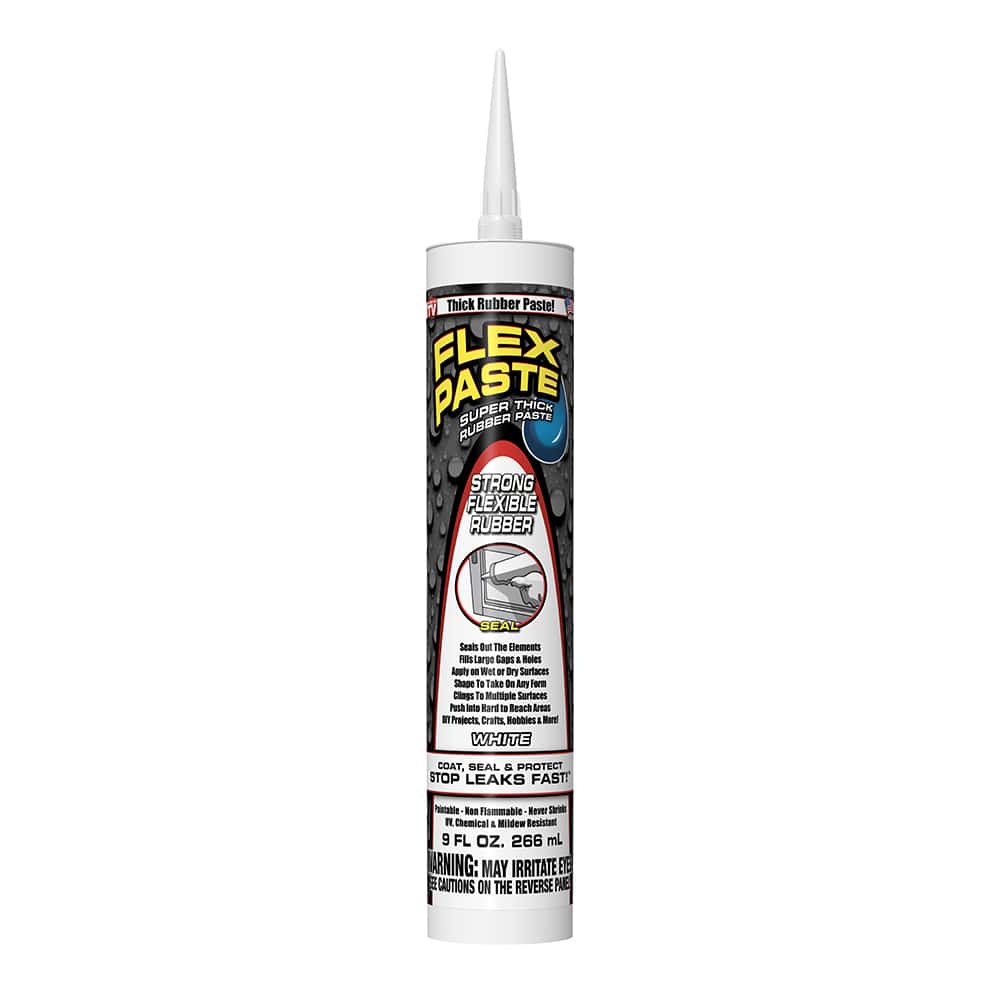
This image is property of flexsealproducts.com.
Measurement of drying thickness
To accurately measure the drying thickness of Flex Seal, various methods can be used. One common method is to use a digital thickness gauge, which provides precise measurements of the thickness of the dried coating. Another method is to use a micrometer to measure the thickness of the dried Flex Seal. These tools and equipment are essential for ensuring the proper drying thickness and optimal performance of Flex Seal.
How thick does Flex Seal dry?
The drying thickness of Flex Seal can vary depending on several factors, including the specific product used and the application technique. On average, Flex Seal can dry to a thickness ranging from 20 to 40 mils, or thousandths of an inch. However, it is important to note that the drying thickness can be influenced by factors such as the number of coats applied, the type of surface being sealed, and the environmental conditions during the drying process.
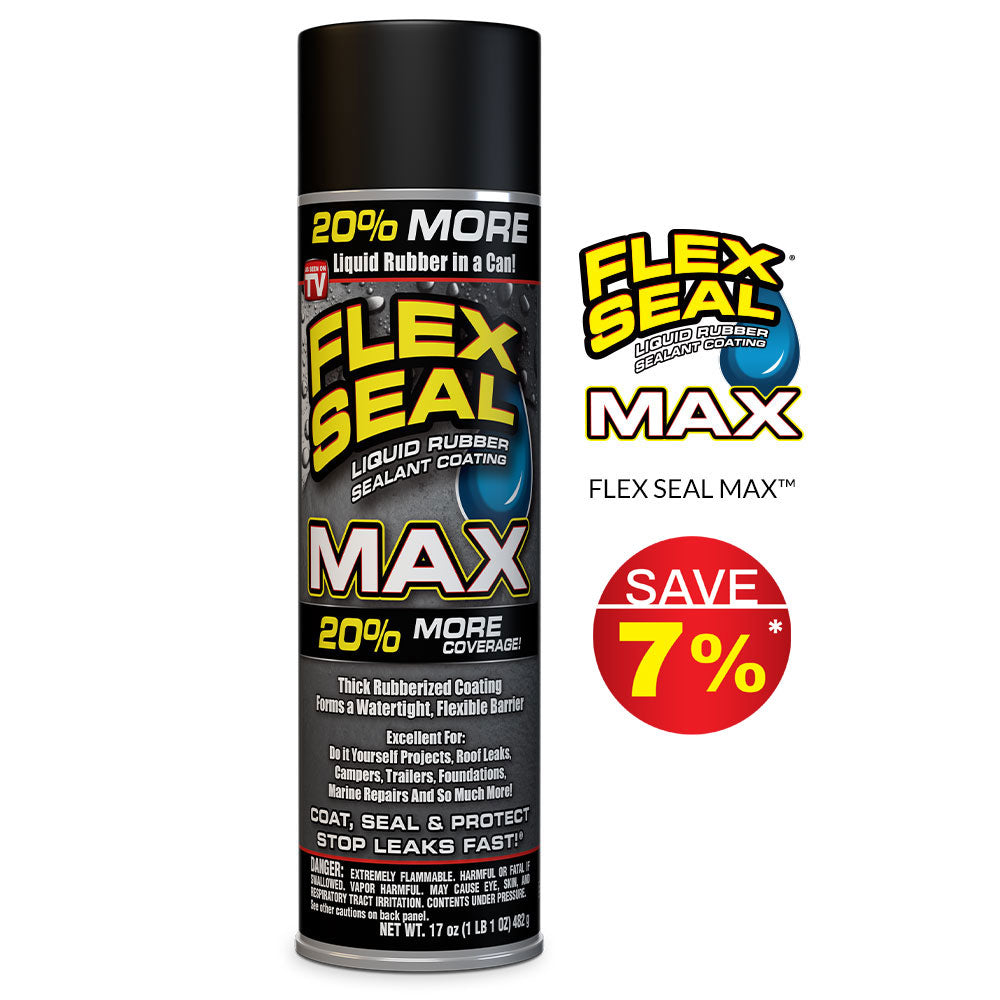
This image is property of flexsealproducts.com.
Different applications and drying thickness
Flex Seal can be used for a wide range of applications, including sealing leaks, repairing cracks, and protecting surfaces from moisture damage. The recommended drying thickness for each application may vary depending on the specific requirements. For example, when using Flex Seal to seal a leaky roof, a thicker coat may be required to ensure a watertight seal. On the other hand, when using Flex Seal to repair a small crack in a pipe, a thinner coat may be sufficient.
Benefits of a thicker coat
Applying a thicker coat of Flex Seal can offer several benefits. Firstly, a thicker coat provides enhanced sealing capabilities, ensuring that any leaks or cracks are effectively sealed. Additionally, a thicker coating of Flex Seal provides improved durability and longevity, with a greater resistance to wear and tear. Furthermore, a thicker coat can offer better resistance to environmental factors such as UV rays, temperature changes, and water exposure, protecting the sealed surface for a longer period of time.
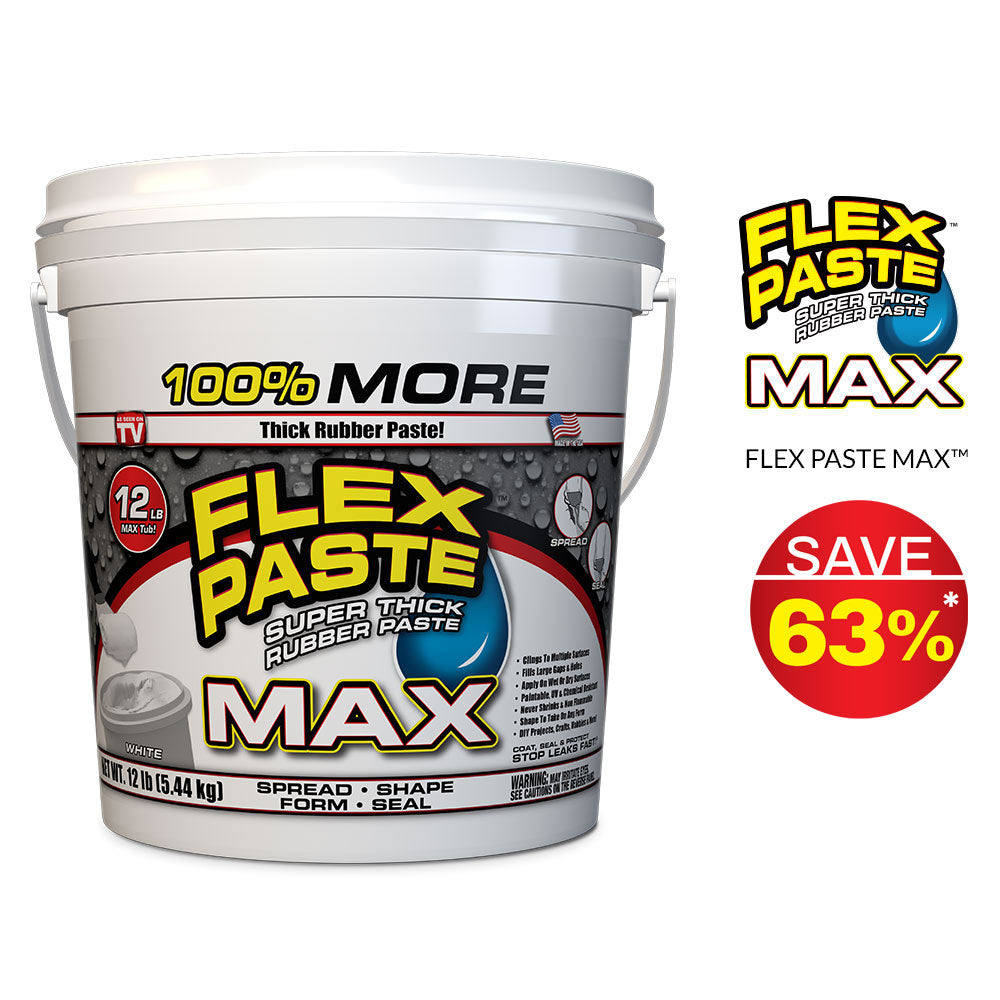
This image is property of flexsealproducts.com.
Tips for achieving desired thickness
To achieve the desired drying thickness of Flex Seal, there are a few tips to keep in mind. Firstly, it is important to follow the manufacturer’s instructions regarding the number of coats to apply. Applying multiple thin coats is generally recommended, as it allows each coat to dry properly, preventing issues such as bubbling or incomplete sealing. Secondly, it is important to consider the type of surface being sealed and adjust the application technique accordingly. Some surfaces may require more or less Flex Seal to achieve the desired thickness.
Special considerations for drying thickness
While achieving the appropriate drying thickness is important, it is also crucial to consider the curing time of Flex Seal. Curing time refers to the period it takes for the sealant to fully dry and bond to the surface. It is important to allow sufficient curing time before subjecting the sealed surface to any stress or moisture. Failure to do so may result in a weakened seal or insufficient drying thickness, compromising the effectiveness of Flex Seal.
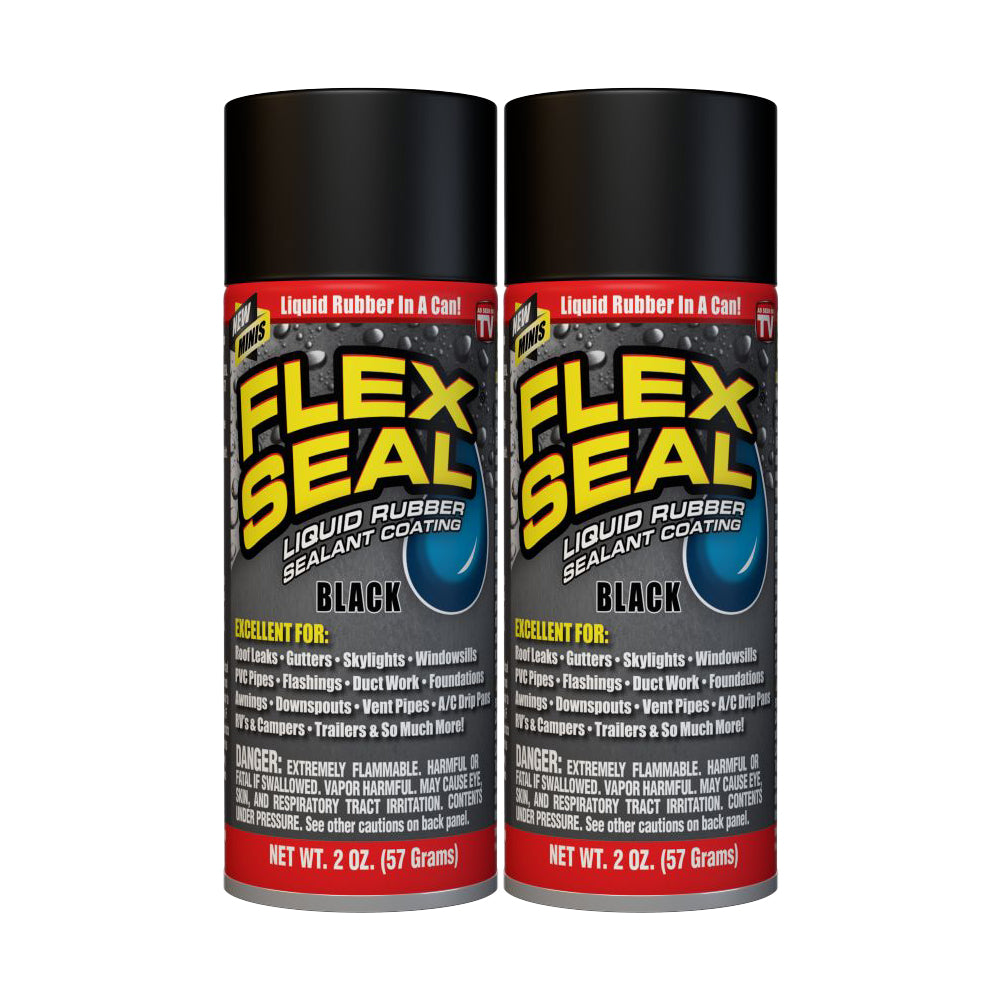
This image is property of flexsealproducts.com.
Conclusion
Understanding the drying thickness of Flex Seal is essential for achieving successful and long-lasting sealing results. By considering factors such as the type of surface, environmental conditions, and application technique, you can ensure that the appropriate drying thickness is achieved. Whether you are sealing a leaky roof, repairing cracks, or protecting surfaces from moisture damage, paying attention to the drying thickness of Flex Seal will help maximize its sealing capabilities, durability, and resistance to environmental factors.


